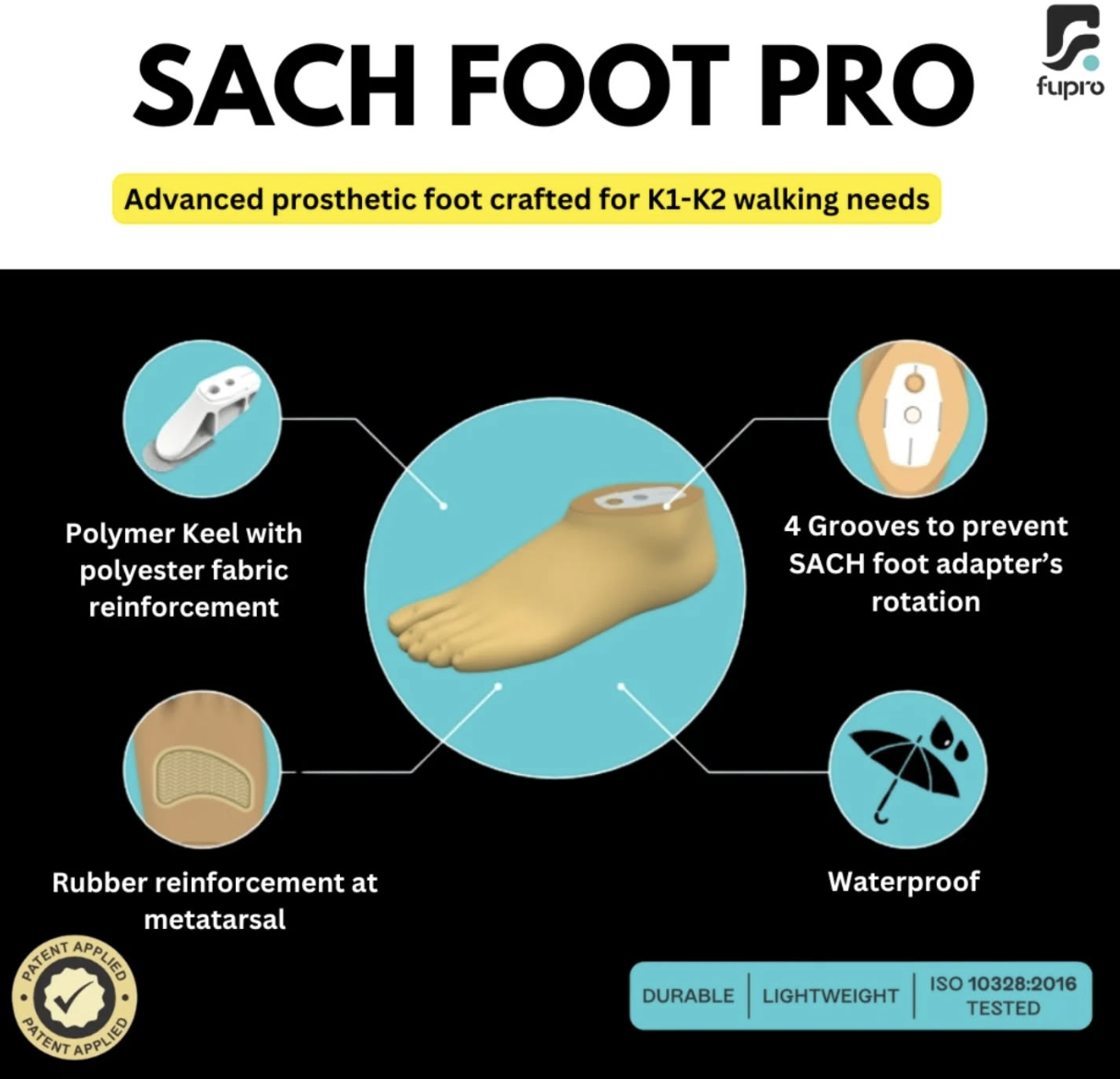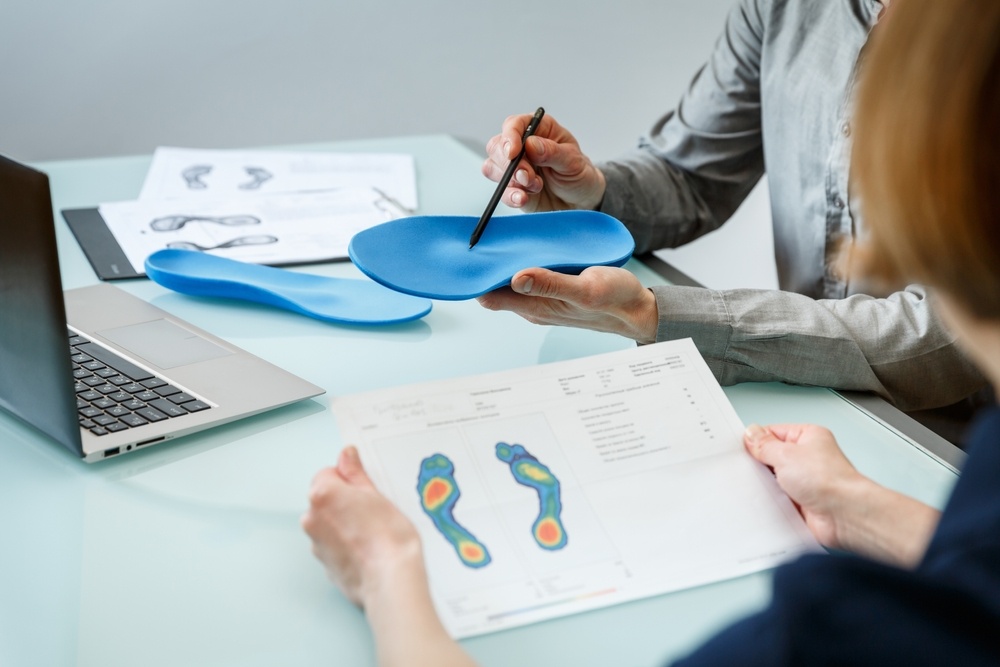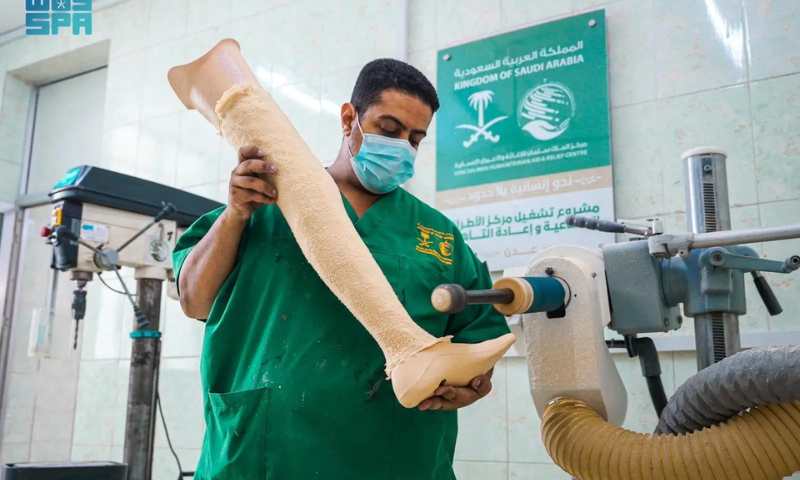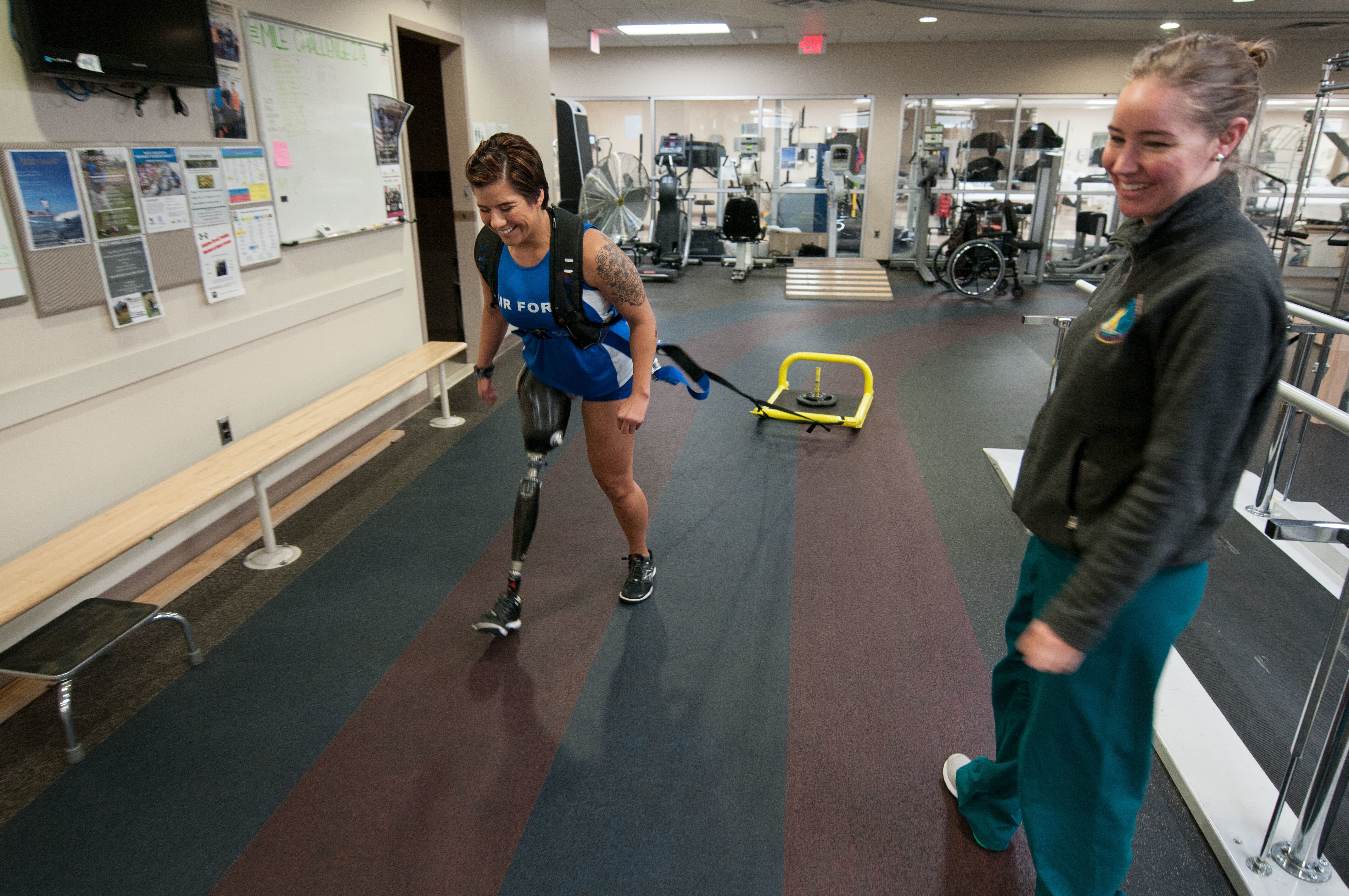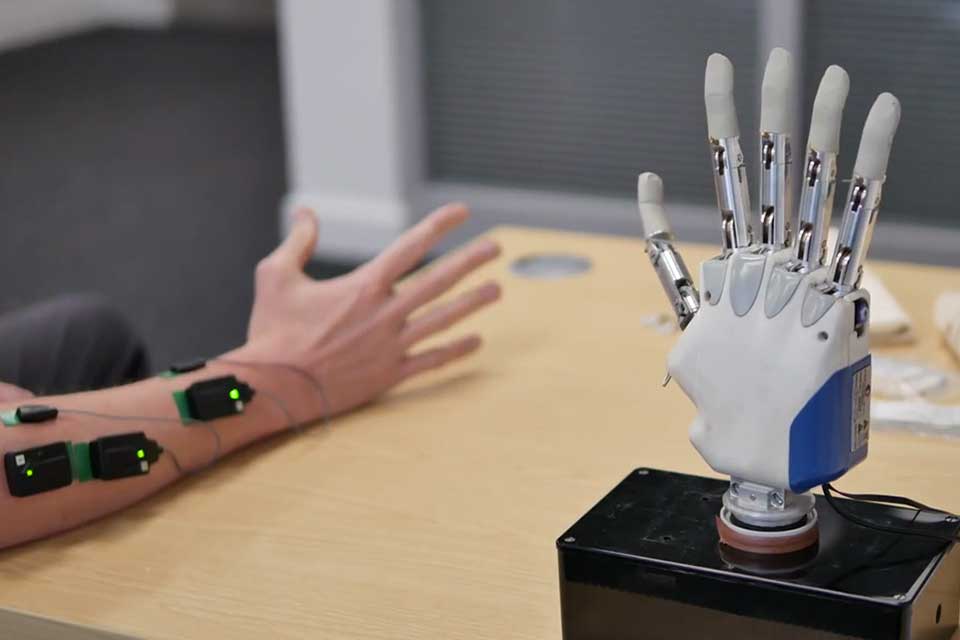Over its 160 years of service, Mayo Clinic has consistently provided effective treatments and bright hopes for patients. From small to major challenges and routine to high-risk procedures, Mayo Clinic has achieved patient-friendly success at its various centres. Since its start in 1864, Mayo Clinic has made a lasting mark on the history of healthcare. Let’s explore how it all began, their current operational achievements, and the groundbreaking advancements at Mayo Clinic.
The founding of Mayo Clinic
Mayo Clinic’s origins trace back to William Worrall Mayo, M.D. (1819–1911), born in Manchester, England, and mentored by British scientist John Dalton. After moving to the U.S. in 1846, Mayo earned two medical degrees and eventually settled in Minnesota in 1854. There, he opened a private practice in 1864. His sons, William James Mayo (Dr Will) and Charles Horace Mayo (Dr Charlie) joined his practice after completing
their medical studies.
In 1883, a tornado struck Rochester, leading W. W. Mayo to organize medical relief. Collaborating with Mother Alfred Moes of the Sisters of Saint Francis, they founded Saint Mary’s Hospital, which opened in
1889. This partnership marked the beginning of Mayo Clinic, which has since grown into a renowned healthcare institution, making significant
contributions to medical science and patient care over its 160-year history.
The young hospital quickly gained international fame for its low surgery
mortality rates. While mortality was 25% to 30% elsewhere in the late 1890s, Saint Marys reported less than 2% in 1893. This success was
due to the early adoption of aseptic techniques and nurses’ meticulous infection prevention. The exceptional surgical skills of the Mayo brothers and the compassionate care of the sisters soon became
widely known.
Mayo Clinic’s reputation quickly blossomed, attracting more doctors. In 1901, the Mayo brothers brought on Dr. Henry Plummer, who was instrumental in transforming the independent practice into a collaborative powerhouse. He introduced the innovative standardized patient medical record and, in 1914, designed a five-story building to
accommodate a fully integrated multispecialty practice with examination rooms, diagnostic facilities, outpatient surgery spaces, and research labs.
Shifting their focus to education, the Mayos created one of the world’s largest graduate medical education centres. They set up a trust to reinvest all profits into education, research, and patient care. Their boldest business move was putting themselves, their partners, and all future Mayo physicians on a salary, fostering a unique work environment.
In 1938, despite the loss of three pivotal figures: Sister Joseph Dempsey, Dr. Charlie, and Dr. Will, the Mayo Clinic persevered. Over the next 150 years, it reached significant medical milestones, including frozen- section tumour analysis, the discovery of cortisone, and advanced heart-lung bypass surgeries.
Today, Mayo researchers continue to push boundaries with innovative studies and trials in stem cell research, gene-based treatments, and personalized therapies.
Today, Mayo Clinic is the world’s largest integrated, not-for-profit medical group practice, with major locations in Rochester, Minnesota; Phoenix, Arizona; and Jacksonville, Florida and with a speciality clinic in London, England. Newsweek ranks it as the best hospital in the world. U.S. News and World Report has also ranked Mayo Clinic No. 1 in more specialities
than any other hospital in the U.S. for ten consecutive years.
The Mayo Clinic Model of Care is defined by high-quality, compassionate medical care delivered in a multispecialty, integrated academic institution. The primary focus, meeting the needs of the patient, is achieved by embracing core elements that continue to evolve as the practice grows. Dr Mohamad Bydon, Professor of Neurosurgery at Mayo Clinic and
Executive Medical Director for Europe, the Middle
East, India, Africa, and International Academic Affairs, describes the Mayo Clinic Model of Care as “a set of principles that have guided our organization since its earliest days. They are the reason patients come
to Mayo. Many healthcare facilities offer high-quality care, but these principles set Mayo Clinic apart.”
Under the Mayo Clinic Model of Care, patient care starts with an unhurried examination, giving time to listen to the patient. Physicians take personal
responsibility for ongoing patient care, working in partnership with local doctors. Mayo Clinic utilizes collegial, cooperative staff teamwork with
multispecialty integration, ensuring a team of specialists is available and appropriately used. They believe in providing the highest-quality patient care with compassion, trust, and respect for patients, their families, and their local physicians.
Decisive diagnoses and treatments are determined through comprehensive, timely, and efficient assessments. Patients do not wait weeks or days for answers, tests conducted in the morning often have
results by the afternoon. Most initial visits to Mayo Clinic take less than a week. This does not mean care is rushed; specialist appointments are longer than average, allowing professionals to thoroughly evaluate and consult with patients. Thoughtful and comprehensive evaluations are built into the patient itinerary.
According to Dr. Bydon, “Our team approach means that you’ll never have to search for answers alone. The Mayo Clinic team will be hand-picked according to the patient’s unique needs. It will likely include specialists within and across departments to evaluate the patient’s condition from fresh perspectives.’’
Every year, patients from over 150 countries travel to Mayo Clinic for care, receiving timely diagnosis and specialty care in a welcoming environment.


